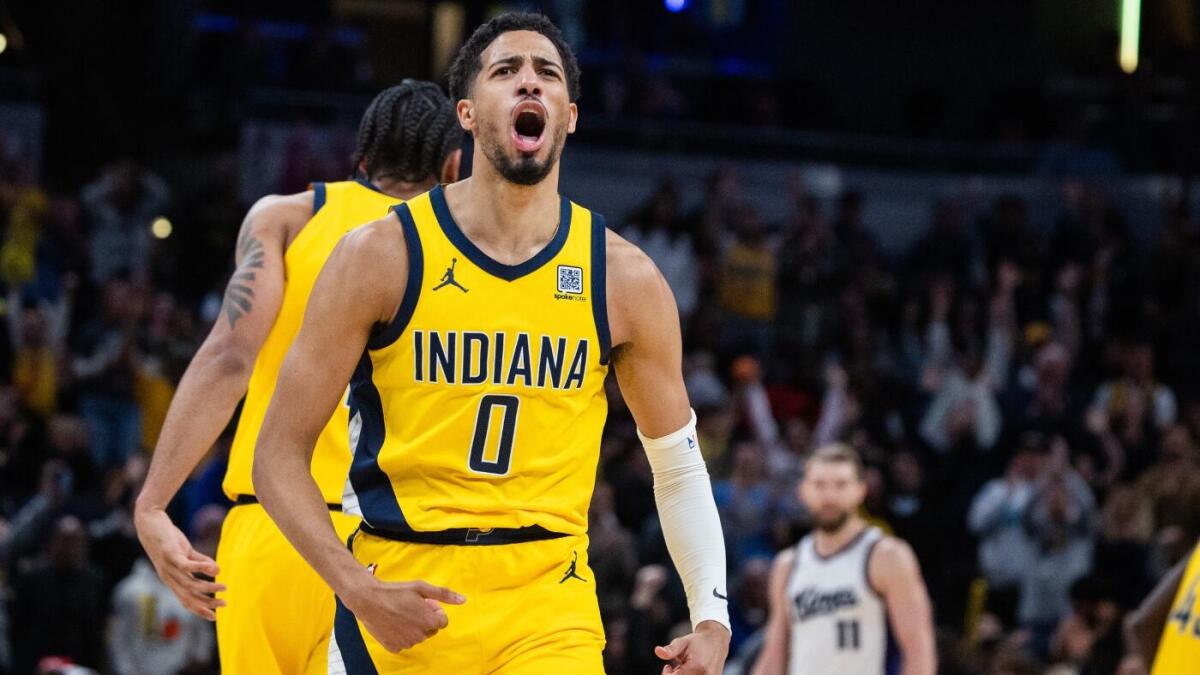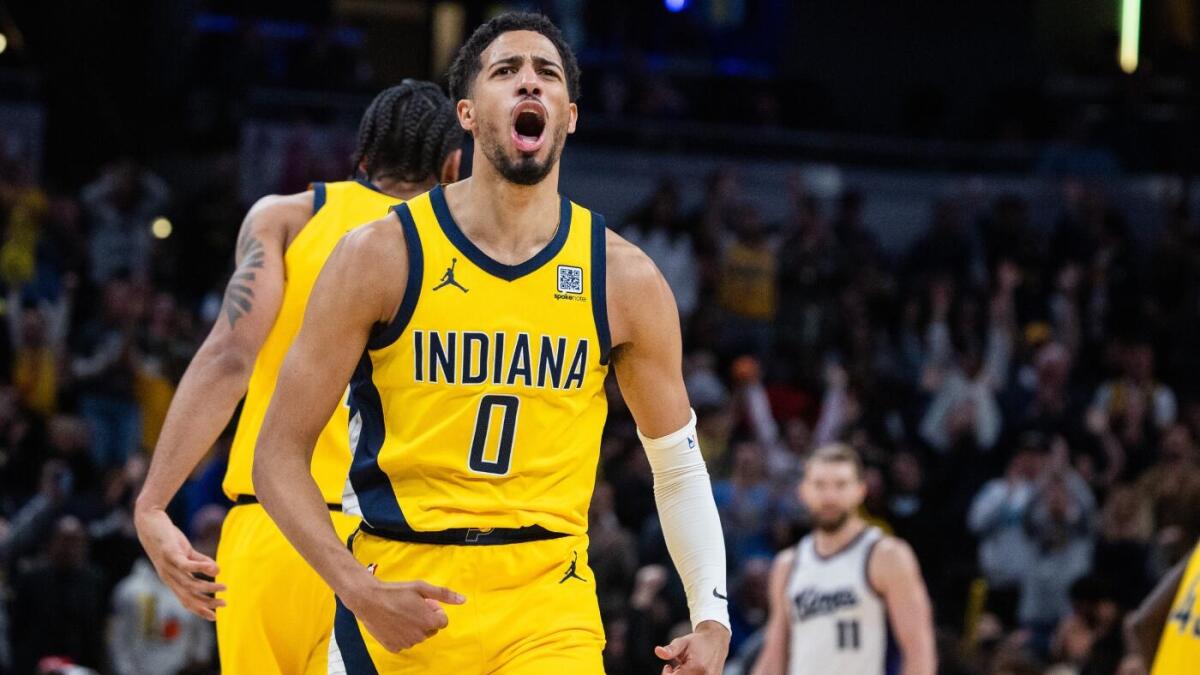Mastering NBA DFS Strategies for the 2025 Finals: Thunder vs. Pacers Game 3
The 2025 NBA Finals have set the stage for an electrifying showdown between the Oklahoma City Thunder and Indiana Pacers, drawing massive attention from Daily Fantasy Sports (DFS) enthusiasts. Game 3 arrives as a pivotal battleground where every decision matters, demanding a nuanced understanding of player dynamics, matchup nuances, and strategic lineup construction. Delving into this high-stakes moment reveals critical pathways to crafting winning DFS lineups amid evolving series narratives.
The Crucial Role of Game 3 in Series Momentum
Game 3 acts as a decisive juncture, often reshaping the trajectory of a Finals series. After a razor-thin finish in Game 1, with the Pacers edging out the Thunder 111-110, the rivalry’s intensity has only escalated. Shifting betting lines—initially positioning the Thunder as 4.5-point favorites and now fluctuating between 5 and 5.5 points—underscore the market’s recalibration based on early performances and momentum swings.
For DFS players, Game 3 offers fertile ground to leverage these evolving conditions. Minute distributions may shift as coaches react, game plans adjust, and key players flex their roles under increasing pressure. Identifying such patterns early can mean the difference between lineup success and mediocrity.
Spotlight on Top DFS Contributors and Value Players
Tyrese Haliburton: The Pacers’ Fantasy Linchpin
Tyrese Haliburton emerges as a critical focus for DFS lineups, rated among the highest-value picks across platforms like DraftKings and FanDuel due to his multifaceted game impact. With salary tags ranging from $11,000 to $13,000, Haliburton’s capacity to rack up points, assists, and steals makes him an elite candidate for captain or core roster spots. His performance reliably drives Pacers’ offensive output, anchoring any viable DFS strategy involving Indiana.
Thunder’s Offensive Powerhouses: Shai Gilgeous-Alexander and Pascal Siakam
Shai Gilgeous-Alexander remains Thunder’s premier DFS asset, boasting an average of approximately 34.2 DFS points per game. His consistent scoring and playmaking make him indispensable. Complementing him with Pascal Siakam adds depth and scoring balance, crucial when opposing defenses may zero in to stifle a primary scorer. Together, this duo creates a solid foundation for Thunder-centric DFS stacks.
Unlocking Value with Low-Cost Contributors
Beyond stars, success in DFS often hinges on spotting underrated players with upside relative to cost. For instance, Cason Wallace stands out by delivering respectable DFS point averages (27.6) at a more affordable salary, providing lineup flexibility and the possibility of “contrarian” picks that differentiate a roster from the competition. These role players, limited by salary caps, frequently become pivotal in tight contests.
Strategic Lineup Construction: Balancing Risk and Reward
Team Stacking versus Diversification
The debate between stacking multiple players from one team or spreading selections across both squads now becomes critical. The Thunder’s disciplined offense contrasts with the Pacers’ frenetic pace, each presenting unique DFS benefits. Stacking on Indiana could reap rewards from their high-possession tempo, while diversifying may hedge against unpredictability, especially given the fluctuating momentum.
Leveraging Pace and Matchup Insights
Pacers rank 7th and Thunder 5th in league pace, signaling an above-average number of possessions and consequent fantasy point opportunities. DFS strategists must factor these tempo metrics to project increased statistical accumulation, which can bolster the ceiling for players with high usage rates. These considerations influence whether to emphasize offensive-minded stars or exploit potential defensive mismatches.
Monitoring Player Usage and Lineup Changes
Minute allocation adjustments—triggered by injuries, coaching decisions, or tactical shifts—are vital to DFS success. Bench players stepping into more prominent roles represent significant opportunities for low-cost, high-value picks to emerge as difference-makers. Staying vigilant through injury reports and pre-game analyses allows timely roster tweaks that can provide a strategic edge.
Insights from DFS Thought Leaders
Authorities like Neil Orfield, Taylor Smith, and Jimmie Kaylor emphasize the blend of star power and situational value, highlighting the importance of lineup flexibility. Their analyses suggest adapting swiftly to late-breaking news or fluctuating betting markets can unlock superior DFS outcomes. The volatility inherent in the NBA Finals rewards nimble decision-making and diversified exposure to key performers from both teams.
Betting Lines Reflect and Influence DFS Dynamics
The Thunder’s modest favorite status by roughly 5 points mirrors expectations of a closely contested game rather than a blowout, compelling DFS players to consider both possibilities in lineup design. Balanced player selections hedge against scenarios where either team seizes control, enabling resilience amid unpredictable game scripts. These market indicators reinforce the delicate dance between risk-taking and prudence in DFS roster creation.
Conclusion: Navigating Complexity to Achieve DFS Victory
Crafting winning DFS lineups for the 2025 NBA Finals Game 3 demands a sophisticated fusion of expert analysis, real-time adaptation, and strategic balance. Anchoring rosters around dominant stars like Tyrese Haliburton and Shai Gilgeous-Alexander, while incorporating undervalued contributors, forms the backbone of a successful approach. Incorporating pace metrics, game flow predictions, injury insights, and betting market cues empowers DFS players to not just participate but excel in this thrilling showdown.
In this dynamic Finals landscape, victory favors those who remain adaptable, informed, and bold—transforming data and intuition into lineup mastery that captures the excitement and stakes of one of basketball’s grandest stages.












